Plant material sharing: 30 common tree species in the south and their planting forms are sorted out with tears, welcome to collect
1/30 Red plum: a small deciduous tree that blooms in winter and spring for 2-3 months . Planting form: can be planted alone, in clusters, in groups, etc., or can be planted naturally in front of the house, on the slope, on the edge of the stone, or on the roadside. Generally, evergreen trees or dark buildings are used as the background to bring out the pure beauty of plum blossoms. Plum blossoms can also be arranged into plum ridges, plum peaks, plum gardens, plum streams, plum paths, etc.
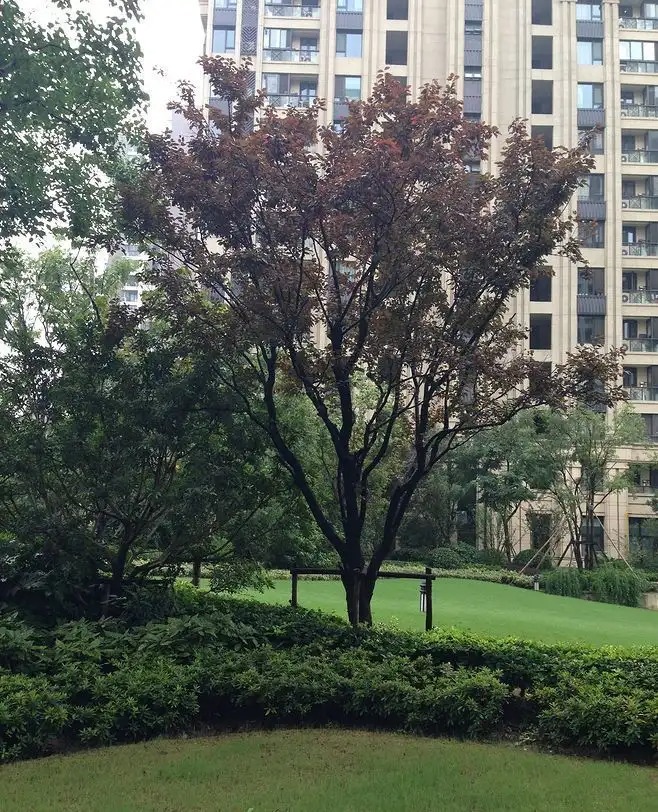
2/30 Red Leaf Plum: A small deciduous tree with purple-red leaves all year round. It is an ornamental foliage tree. Planting form: It is generally not recommended to plant a single tree. If the tree shape is good, it can be planted alone. Generally, planting 3-5 trees in a group is easier to produce results and can set off the background.
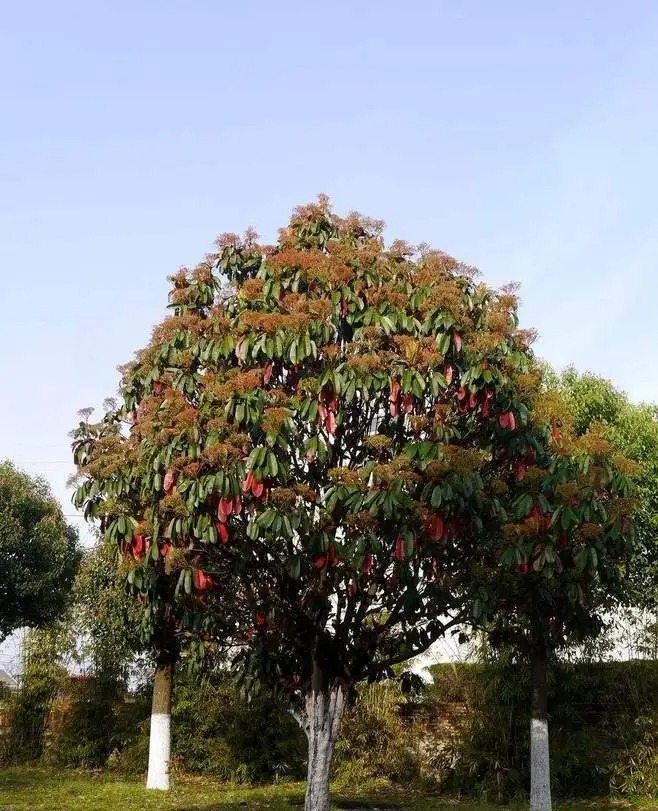
3/30 Photinia fraseri: an evergreen tree that blooms in summer. Planting method: It is recommended to plant it in the sun, the color will be more outstanding, and it can be planted alone or in groups.
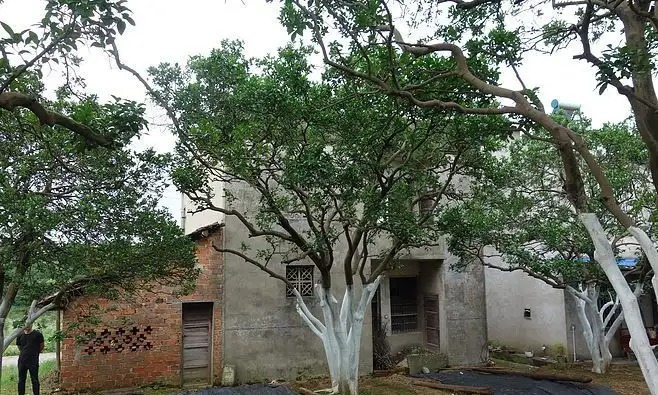
4/30 Pomelo: an evergreen tree species that bears fruit in autumn. Planting form: can be used as a middle -level tree in a group or as a background, either alone or in groups.
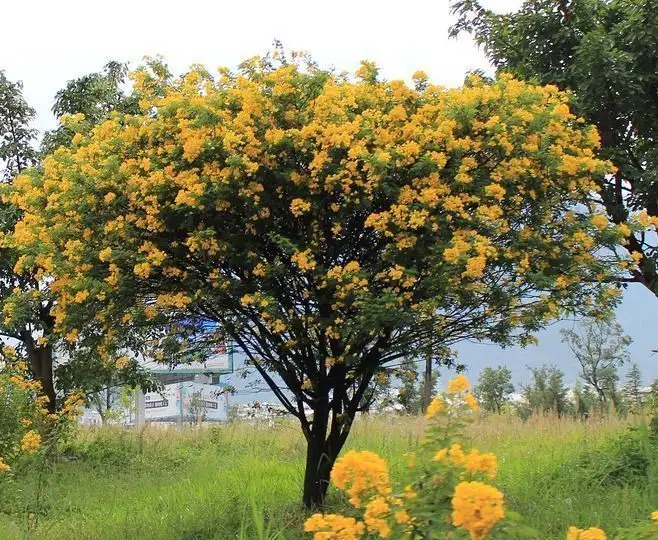
5/30 Golden Sophora japonica : a deciduous tree species with golden stems and branches, especially in winter, the golden color is more intense and more gorgeous, with a unique style. Planting form: can be used as the main tree species or as a mixed tree species, solitary planting, clump planting, or group planting. It is often planted on the lakeside embankment with weeping willows, Chinese tallow trees, camphor trees, maple trees, peach trees and other flowers and trees, making the reflection of the lake more brilliant and beautiful. Recently, it is also often used as a road greening variety.
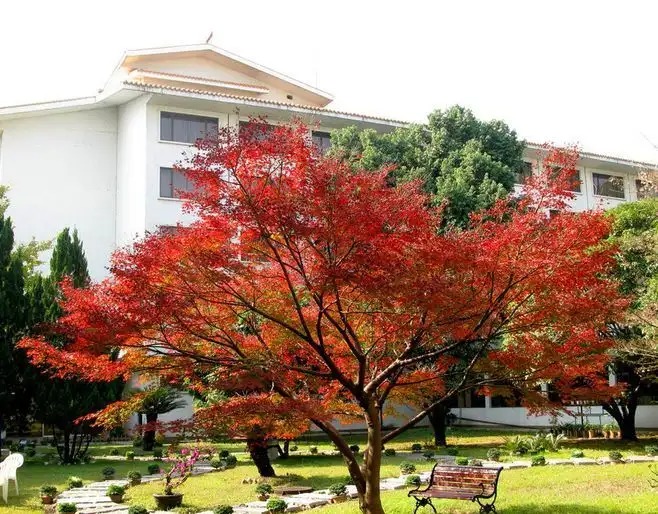
6/30 Japanese maple: deciduous tree species, likes sunlight, avoids western exposure. It is relatively shade-tolerant and grows well under the shade of tall trees. Its leaves are beautiful, turning bright red in autumn, as bright as flowers and as brilliant as clouds, making it an excellent foliage tree species. Planting form: ornamental tree planting, a tree that plant designers prefer to use, can be used as a main landscape tree, or as a mixed tree species, often with a touch of red in the green.
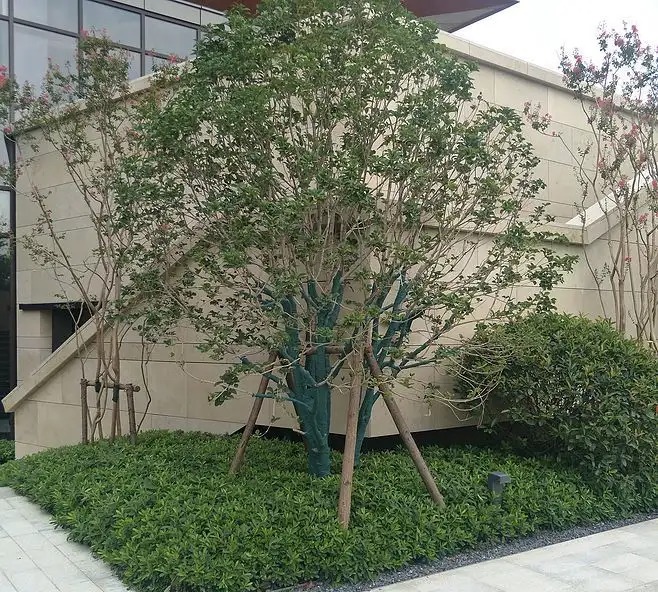
7 /30Golden Osmanthus: An evergreen tree species that blooms in autumn, with flowers ranging from lemon yellow to golden yellow. One of the varieties of osmanthus. The fragrance of osmanthus is so pure that it can be far away from the dust, and the fragrance can overflow far away, which is a unique one. Especially in the mid-autumn season, when the osmanthus is in full bloom, and when the moon is full in the quiet night, drinking wine and admiring the osmanthus, the old fragrance is refreshing. Planting form: Generally used as the main landscape tree, at important nodes.
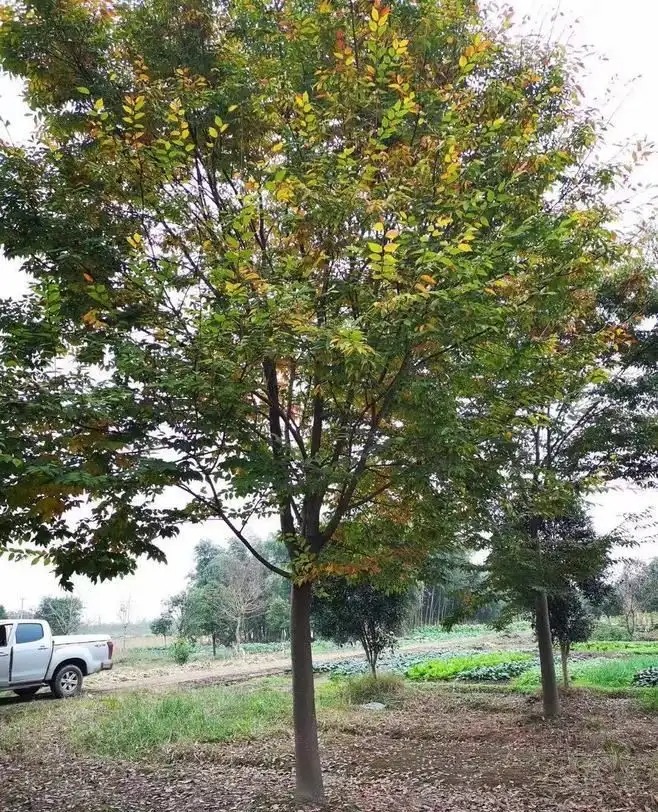
8 /30Beech : deciduous tree, flowering in April, fruiting from September to November. The beech tree is dignified, tall and majestic, and its autumn leaves turn brown-red, making it an excellent tree species for viewing autumn leaves. Planting form: It can be planted alone or in clusters on lawns in parks and squares, as a shade tree next to buildings, and mixed with evergreen trees; it can also be planted in rows on sidewalks and roads as a street tree to reduce noise and prevent dust.
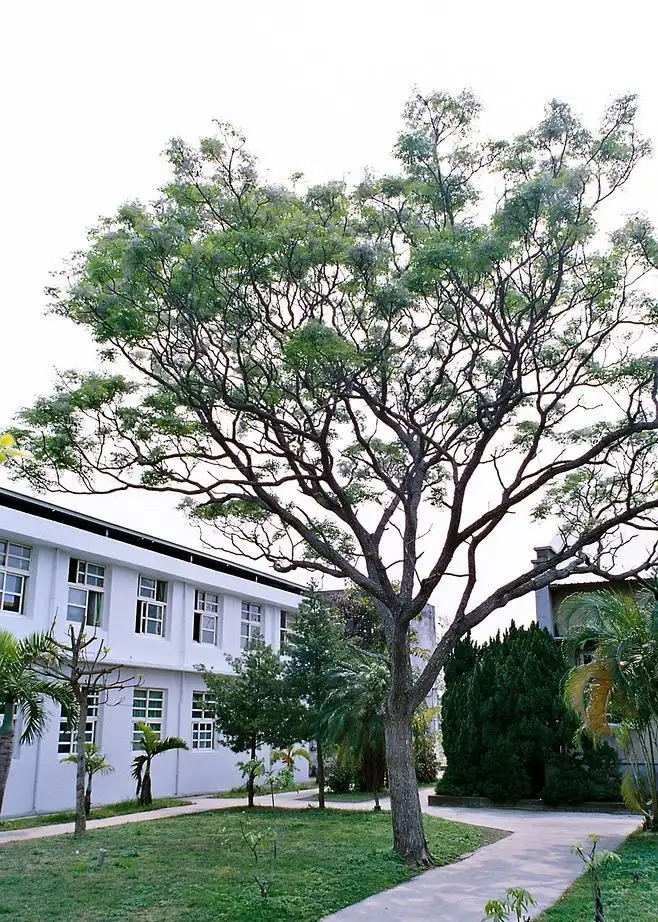
9 /30Chinaberry : Deciduous tree with beautiful tree shape and leaves. It blooms lavender flowers in spring and summer, which are quite beautiful and have a faint fragrance. Planting form: It is often planted in front of and behind houses. It can also be used as a shade tree in the garden and as a street tree. It is suitable for planting alone or in groups on the lawn, or planting beside the pool, roadside, and slope.
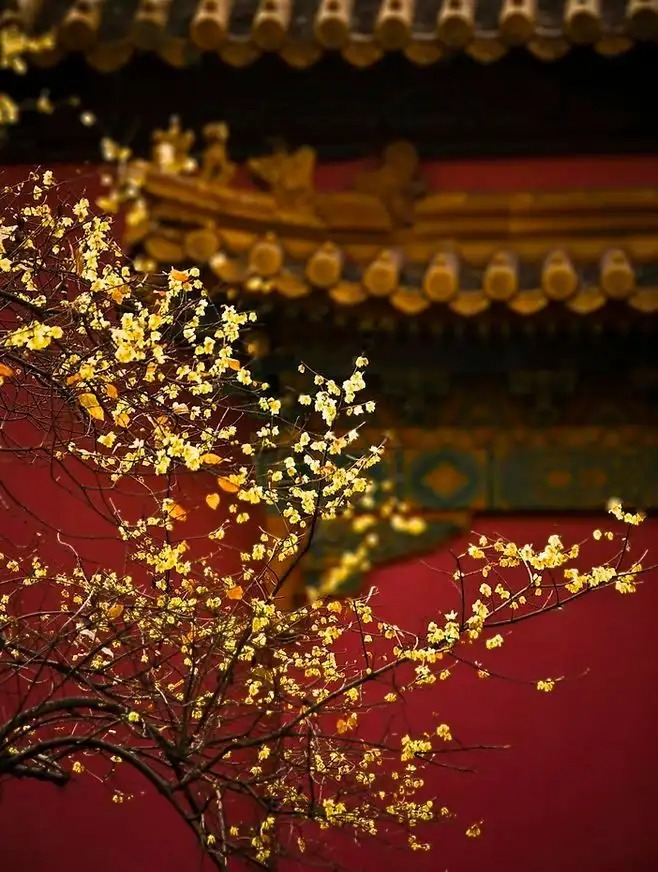
10/30 Wintersweet: a deciduous shrub with a beautiful tree shape and beautiful leaves. Wintersweet flowers bloom proudly in the frost and snow. The flowers are yellow like wax and have a strong fragrance. They are the main ornamental flowers in winter. Planting form: can be planted alone, in clusters, in groups, etc., or can be planted naturally in front of the house, on the slope, on the edge of the stone, and on the roadside.
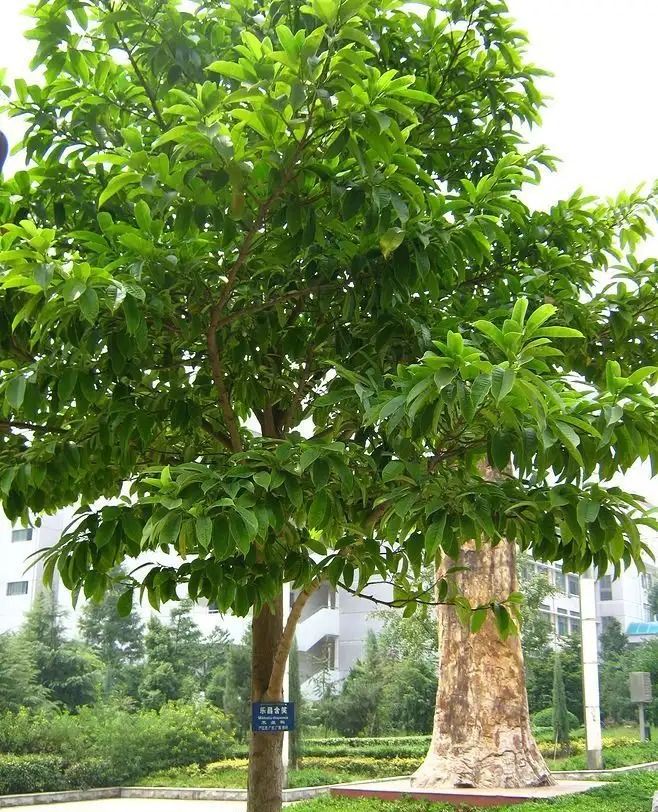
11 /30Lechang Michelia: Evergreen tree, also known as Southern White Orchid, blooms from March to April, and fruits from August to September. The trunk is straight, the crown is conical and tower-shaped, dark green all year round, the flowering period is long, the flowers are white, numerous and fragrant. Planting form: It can be planted alone, in clusters, or in groups as a background forest or as a street tree.
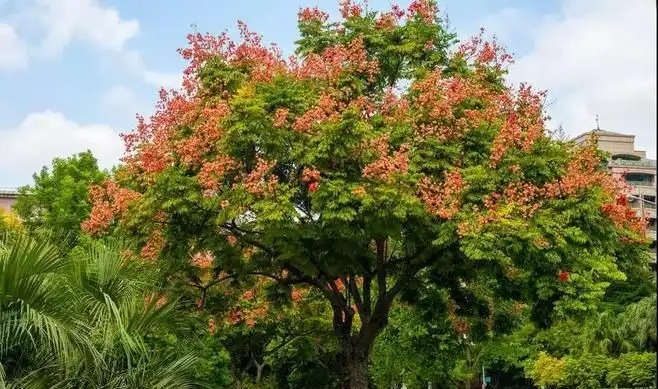
12 /30Huangshan Koelreuteria: Deciduous tree with tall and graceful shape. In late summer and early autumn, bright yellow flowers cover the treetops. In late autumn, the red capsules that look like strings of lanterns complement the bright yellow autumn leaves. Planting form: It can be planted alone, in clusters, or in groups as a background forest. At present, it is used as a main street tree species in the south, such as Jiangxi.
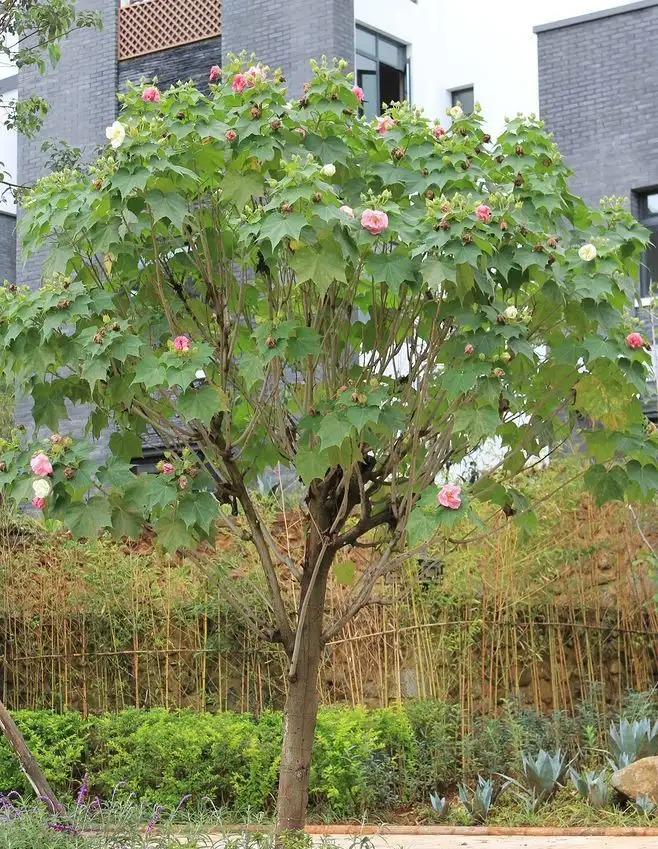
13 /30 Hibiscus: deciduous shrub or small tree, blooms from September to November. In autumn, the flowers are in clusters, with both shape and color. Planting form: Because of its large and colorful flowers, it has been planted in gardens since ancient times. It can be planted alone or in clusters by the wall, roadside, in front of the hall, etc. It is particularly suitable for planting by the water. When it blooms, the waves and shadows of the flowers complement each other and are extremely charming. Therefore, "Changwuzhi" says: "Hibiscus is suitable for planting on the bank of the pond, preferably by the water." Therefore, it is called "Water Hibiscus". In addition, it is suitable to be planted in courtyards, slopes, roadsides, forest edges and in front of buildings, or planted as flower hedges. It can also be planted in pots for viewing in the cold north. .
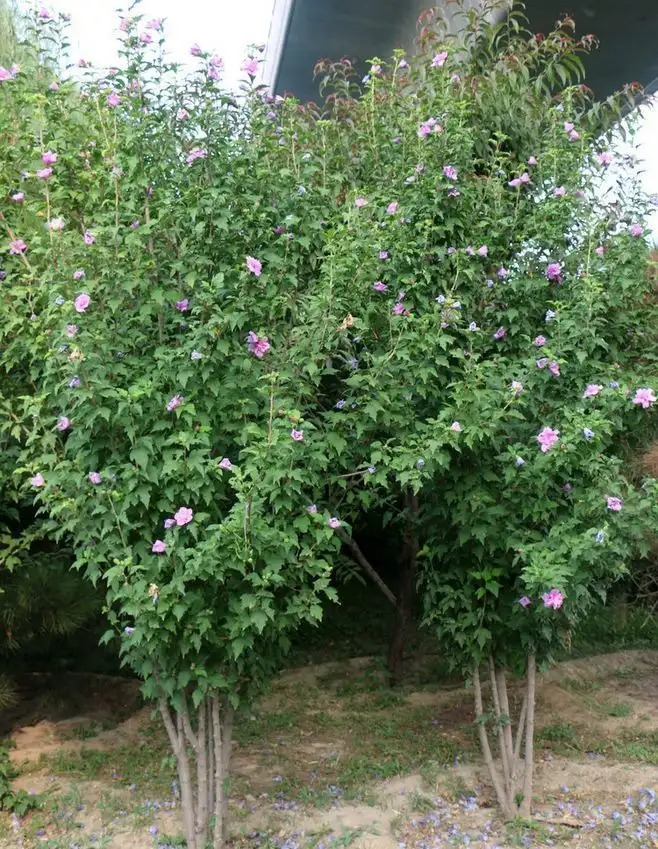
14/30 Hibiscus: Deciduous shrub, flowering period July-October. Planting form: It can be used as a flower hedge in the garden, either solitary or clump planting, but clump planting is more common.
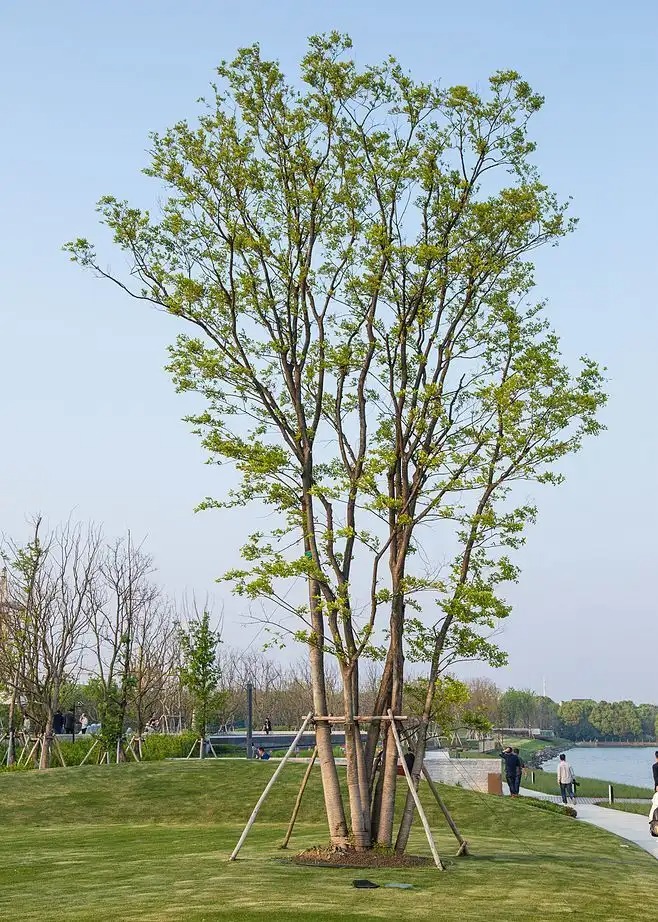
15 /30Hackberry : Deciduous tree, flowering period July-October. Hackberry has a wide crown and rich shade. Planting form: Hackberry is a street tree variety, mainly used for greening roads, planting parks and communities, landscape trees, etc. In southern plant groups, it is often used as a skeleton tree species.
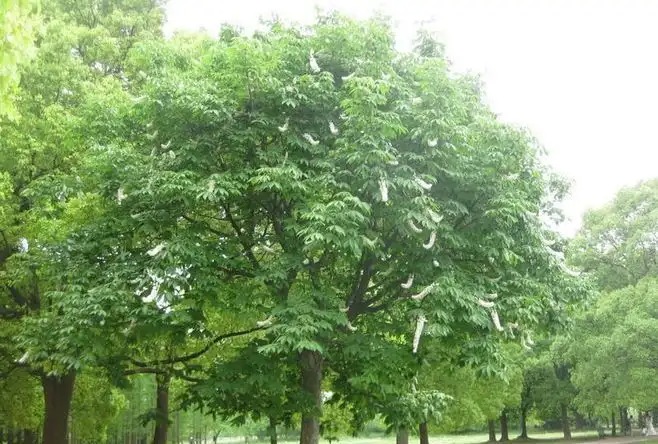
16 /30Horse chestnut: an evergreen tree with a beautiful shape, large and beautiful flowers and peculiar fruit shape. It is a rare tree species for viewing leaves, flowers and fruits, and is one of the world's famous ornamental tree species. The flowering period is April-May, and the fruiting period is October. Planting form: The trunk of the horse chestnut tree is upright, the crown is large and shady, and the tree is full of flowers in early summer. The huge white inflorescence looks like a gorgeous candlestick, which is spectacular. It is an excellent street tree and garden ornamental plant. It can be used as a tree species for greening pedestrian walkways, parks, and squares. It can be planted alone or in groups, or mixed with evergreen trees and broad-leaved trees.
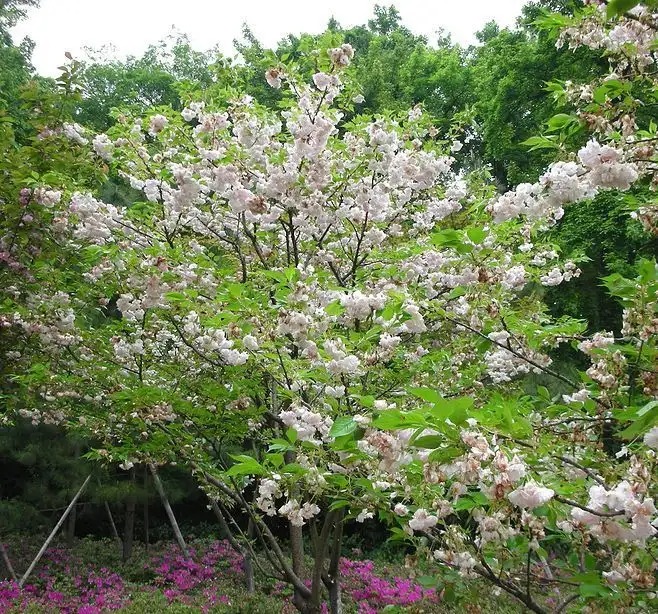
17/30 Japanese late cherry: deciduous shrubs, large and fragrant flowers, full of flowers when in bloom, giving the impression of a profusion of flowers. Flowering period April-May, fruiting period June-July. Planting form: Generally speaking, planting the beautiful Japanese late cherry in groups can give full play to its ornamental function. Bringing wine and food, sitting on the ground under the cherry tree, enjoying the cherry blossoms and drinking, is really a great pleasure in life.
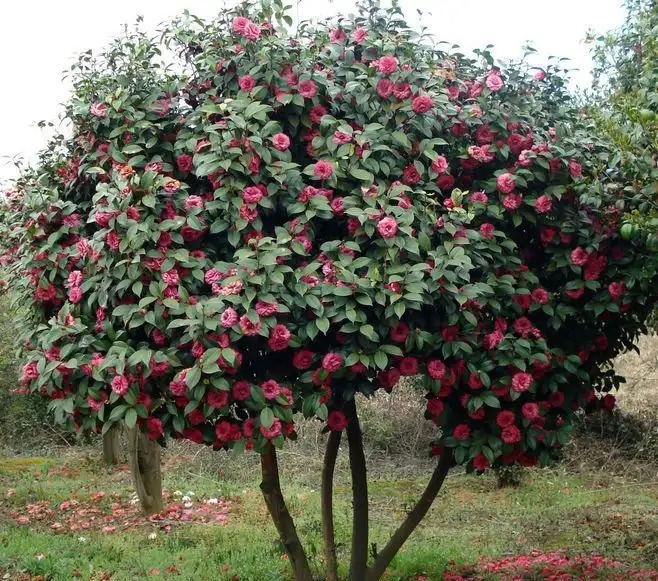
18/30 Camellia: Evergreen tree species, flowering period from January to April. Planting form: Camellia is shade-tolerant and is often placed at the edge of sparse forests. Planting it beside rockeries can create a small rock scene; three or five plants scattered near pavilions are particularly elegant; if it is used as a camellia garden, it will be as gorgeous as brocade when in bloom; a few plants can be scattered in a corner of the courtyard wall in the courtyard, which is natural and unrestrained; some healthy varieties can also be scattered or grouped along the roadside of the forest edge in forest parks, which can add a lot of color to the mountains and forests when in bloom.
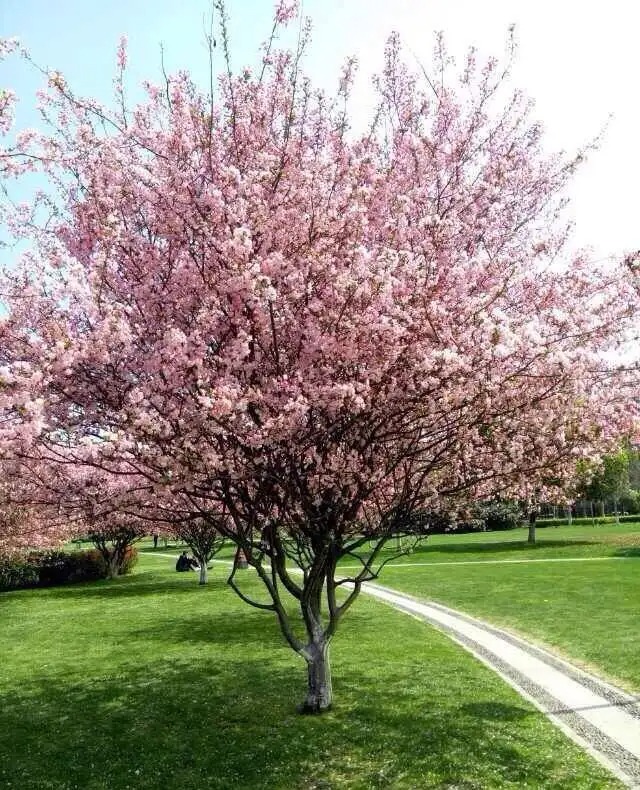
19/30 Begonia: deciduous shrub or small tree, flowering in April, fruiting in September-October. Begonia flowers are graceful and blooming like brocade. Since ancient times, it has been a famous flower appreciated by both the elite and the masses. It is known as the "fairy among flowers", "flower concubine" and "noble flower". Begonia is known as the "national beauty". It is often planted with magnolia, peony and osmanthus in royal gardens to form the artistic conception of "jade and wealth". Planting form: Begonia flowers are often planted on both sides of sidewalks, around pavilions, on the edge of jungles, by waterside pools, etc.
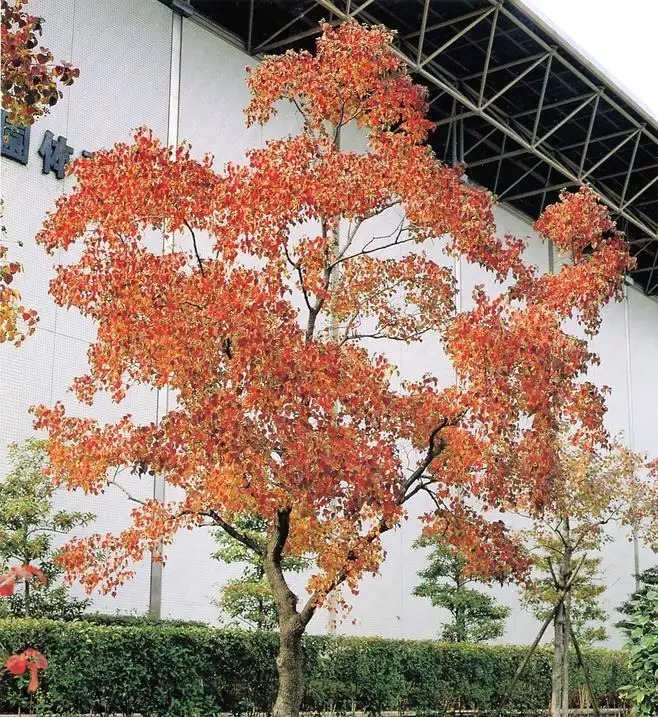
20 /30 Chinese tallow tree: deciduous tree, colorful leaf species, the leaves are bright red in spring and autumn, as bright as red maple. Planting form: can be used as the main landscape tree, can be planted alone, in clusters, or in groups as background forest, can also be planted by the waterside or poolside, etc.
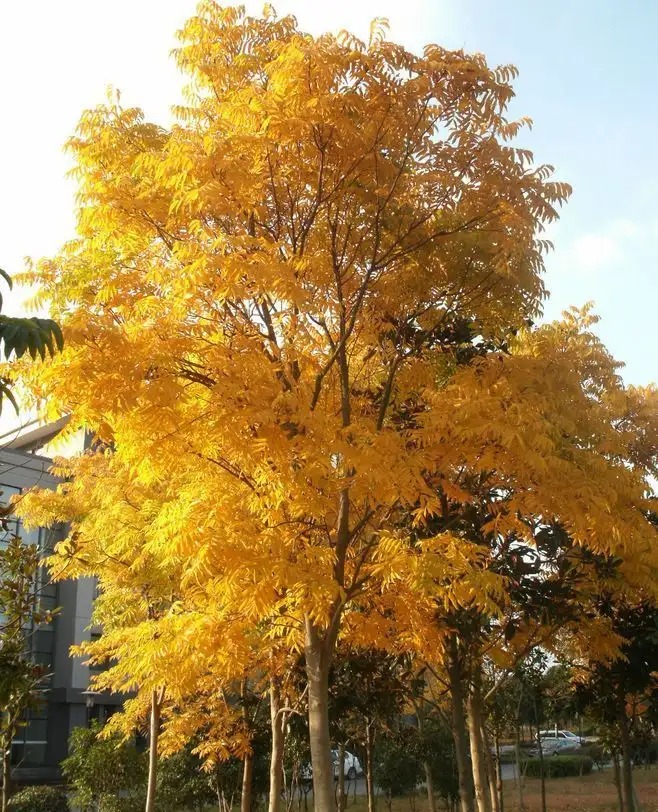
21 /30 Soapberry: Large deciduous tree, flowering period is June to July. Fruiting period is September to October. The trunk is straight, branches and leaves are wide, and the shade is dense. In winter, the leaves are full of golden color, which can be regarded as one of the colorful leaf trees. In October, the fruits are abundant, orange and yellow. It is an excellent foliage and fruit viewing tree species for greening. Planting form: It can be planted alone, in clusters, or in groups as a background forest.
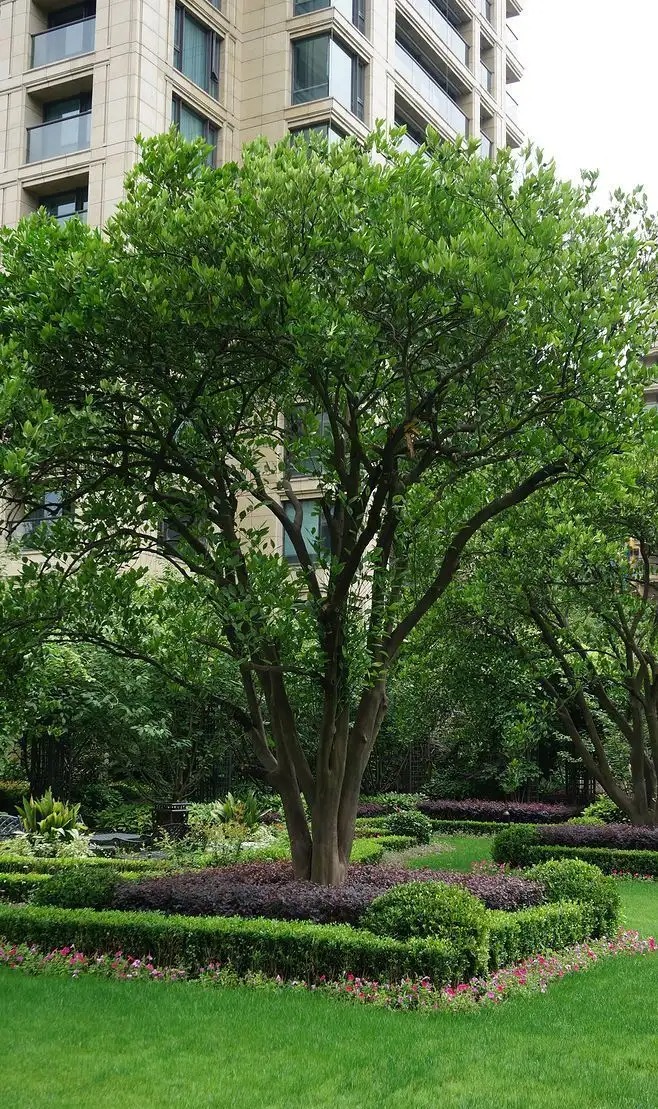
22 /30 Fragrant Bubble: Evergreen tree, flowering period April-May, fruiting period September-December. Planting form: Can be used as the main landscape tree, can be planted alone, in clusters, or in groups.
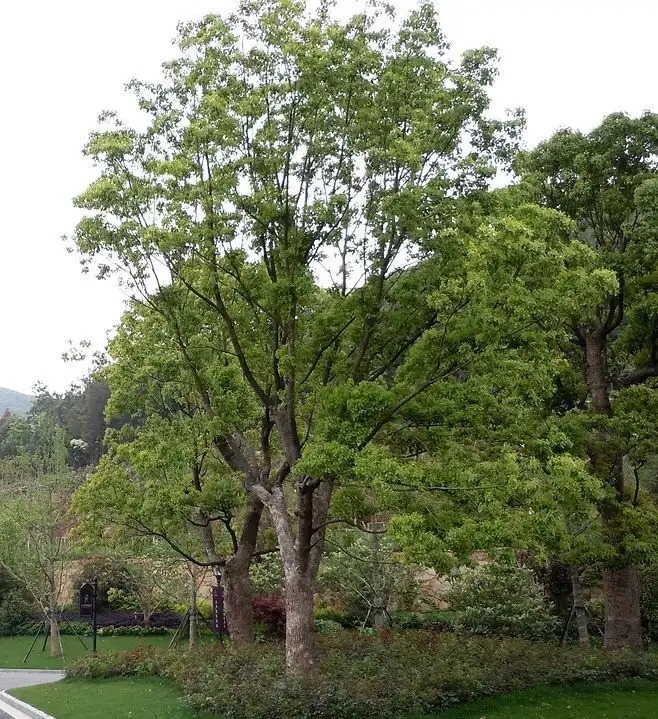
23 /30Cinnamomum camphora: evergreen large tree, flowering period from April to May, fruiting period from August to November. Dense branches and leaves, large crown and thick shade, majestic tree posture. Planting form: It can be used as a skeleton tree in a greening group, or as a main landscape tree, widely used as a garden shade tree, street tree, or can be planted in a clump, group, or solitary plant in the grass or as a background tree for a magnificent look.
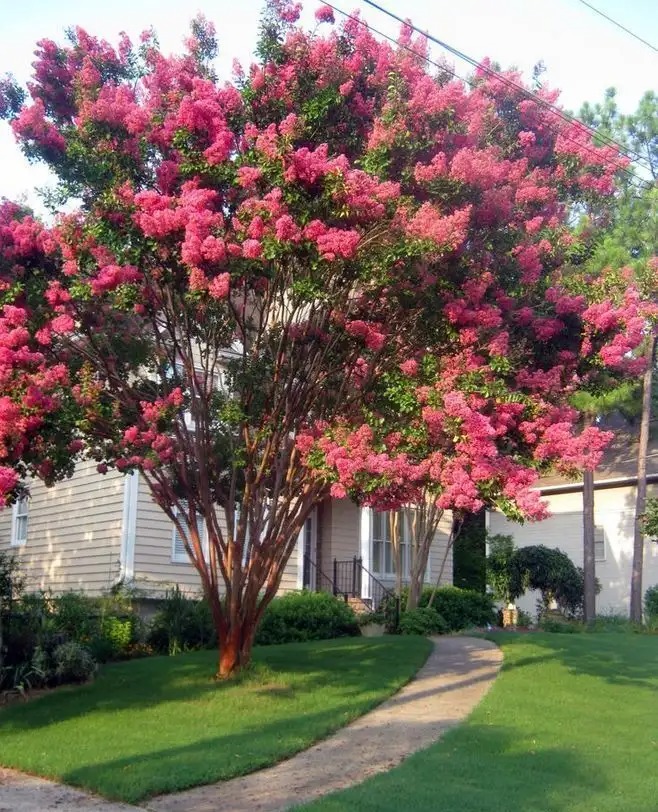
24/30 Crape Myrtle: A deciduous tree species, Crape Myrtle has a beautiful tree shape, a smooth and clean trunk, and bright flowers. It blooms in the summer and autumn when there are few flowers, and the flowering period is long, so it is called "Hundred Days Red". There is also a praise that "the green in midsummer covers the eyes, and this flower fills the house with red". It is suitable for viewing flowers and trunks. The flowering period is from June to September, and the fruiting period is from September to December. Planting form: It can be planted in groups in front of buildings, in courtyards, by pools, rivers, beside lawns, and on both sides of paths in parks. It can also be planted alone.
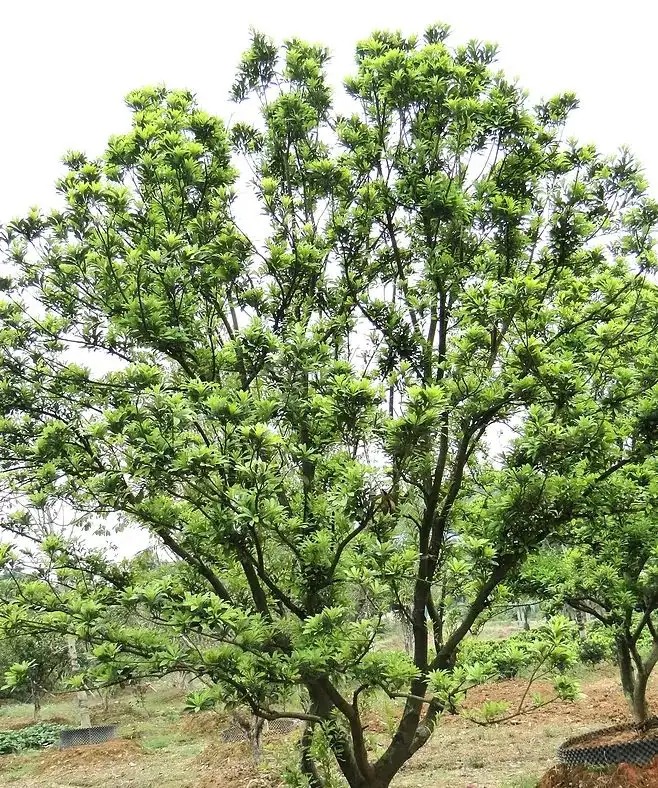
25 /30 Bayberry: An evergreen tree species, with luxuriant branches and leaves, a round crown, and lots of red fruits in early summer, which is very lovely. It is an excellent tree species for landscaping and production. It blooms in April and the fruits mature in June-July. Planting form: Solitary planting, cluster planting on lawns, courtyards, or rows on the roadside are all suitable; dense planting to separate spaces or provide shelter is also ideal.
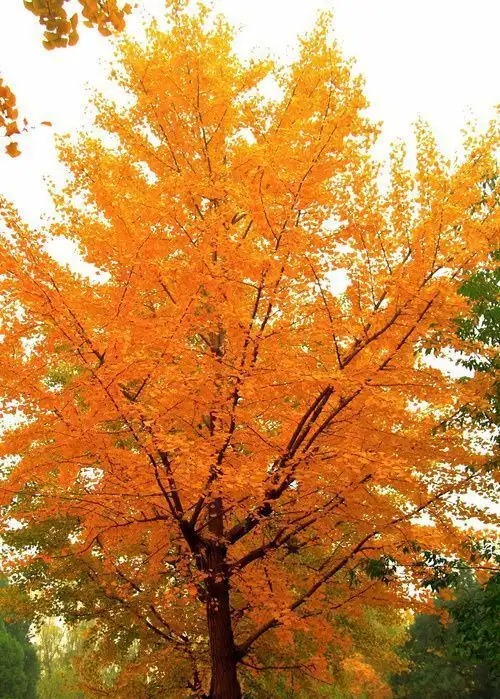
26/30 Ginkgo: Large deciduous tree, blooms in April and matures in October. Ginkgo leaves turn golden yellow in autumn and are more beautiful under the low-angle sunlight in autumn. Planting form: Plant in clusters as much as possible. Ginkgo branches are straight and the crown is a regular cone. A large number of ginkgo forests have an overall aesthetic effect in terms of visual effect.
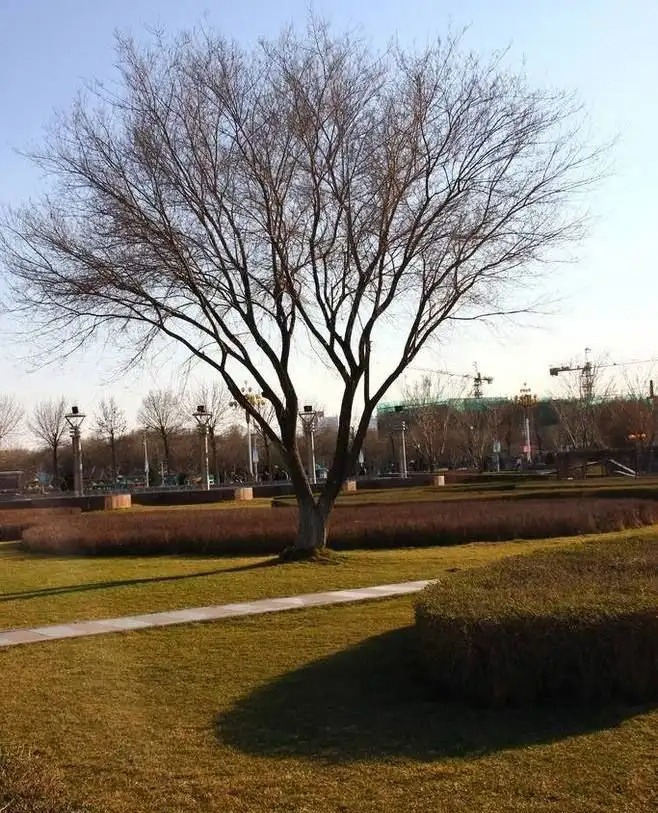
27 /30 Elm: Deciduous tree, flowering and fruiting period from March to June. The trunk is straight, the tree is tall, and the shade is dense. Planting form: It can be used as a street tree, can be planted alone, in clusters, or in groups, and some people use it as a hedge.
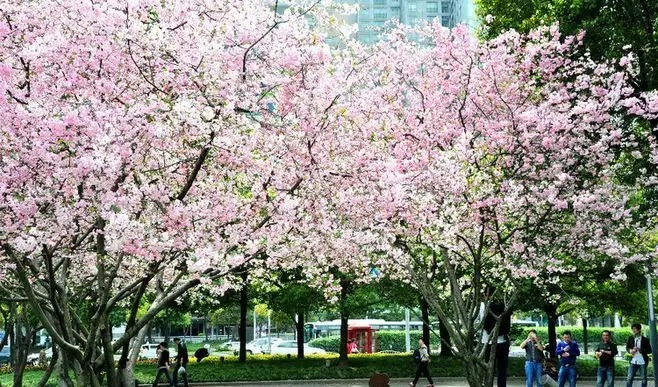
28/30 Japanese Early Cherry Blossom: a deciduous tree, the flowers bloom before the leaves. The buds are pink, the flowering period is April, and the fruiting period is from May to June. It has a longer growth period than the Japanese Late Cherry Blossom. Planting form: the tree is free and easy, the branches are lush, the flowers are full of flowers, the flowers are large and gorgeous, and when in full bloom, they are like jade trees and white flowers, like clouds and rosy clouds, piled up clouds and snow, which is very spectacular. It can be planted in large areas to create a "sea of flowers" landscape, can be dotted in green areas in groups of three or five to form a colorful group, or can be planted alone to form a "red dot in the green". It is often planted in front of buildings, next to grass, on hillsides, and by pools. In summer, the branches and leaves of the Japanese Early Cherry Blossom are lush, and the green shade is like a cover. It can also be planted in large areas to create a "sea of flowers" landscape, or in groups of three or five to dot the green land to form a colorful group. It can also be planted alone to form a "red dot in the green". It is often planted in front of buildings, next to grass, on hillsides, and by pools. In summer, the branches and leaves of the Japanese Early Cherry Blossom are lush, and the green shade is like a cover.
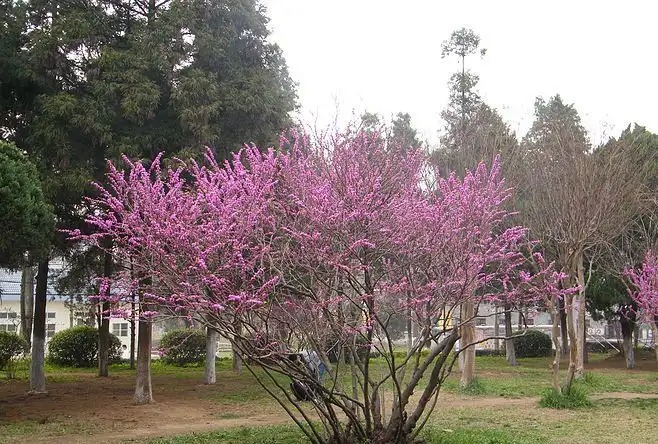
29 /30 Bauhinia: Deciduous tree or shrub, flowering period March-April; fruiting period August-October. It blooms in spring, with flowers before leaves, several flowers in a cluster, and a butterfly-like corolla. The most unique thing is that it blooms in no fixed position, from the top to the root branches, and even on old tree trunks, so it is also known as "full of red". Planting form: Bauhinia is suitable for planting in courtyards, lawns, rocks and in front of buildings, and is used for landscaping in residential areas, with good ornamental effect.
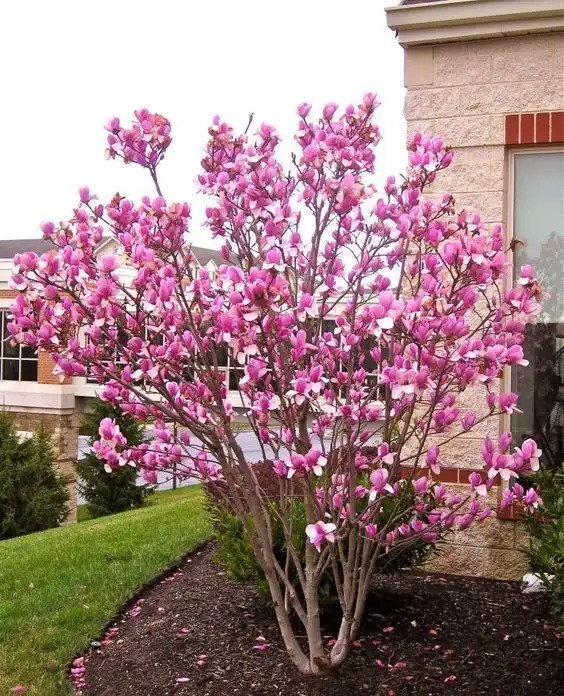
30 /30 Purple Magnolia: Deciduous shrub, flowering period March-April, fruiting period August-September. The flowers are large, beautiful, graceful, and fragrant. Purple Magnolia has a graceful flower shape and blooms vigorously, and has a high ornamental value. When the purple magnolia blooms, the purple-red flowers are full of trees, which is very beautiful. Planting form: It can be planted alone, in clusters, in groups, etc. It can also be planted naturally in front of the house, on the slope, on the stone edge, and on the roadside.